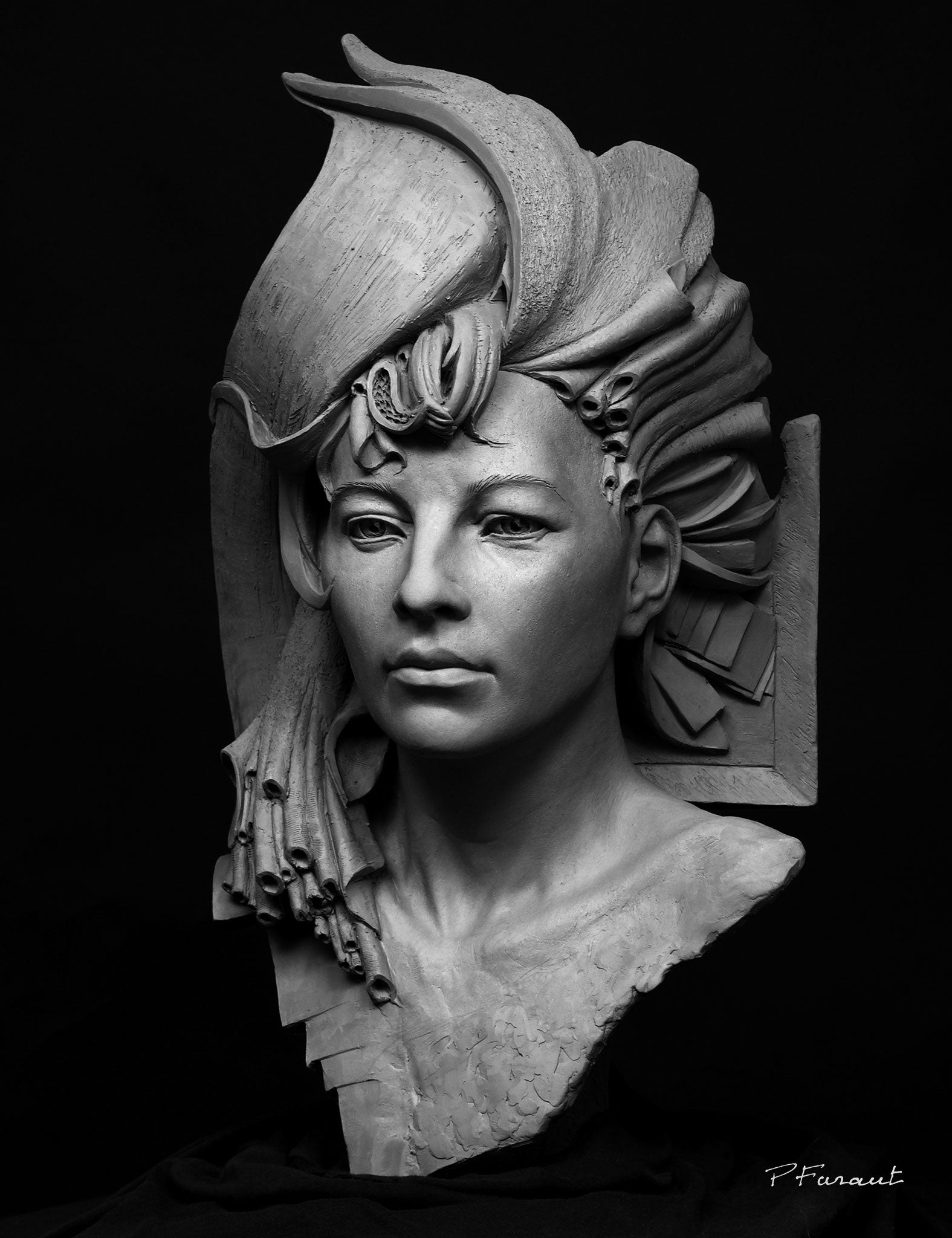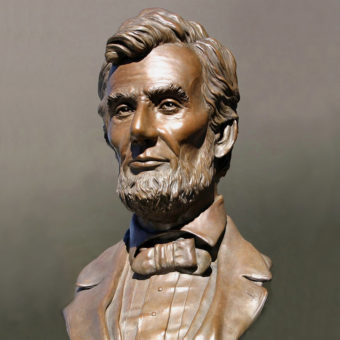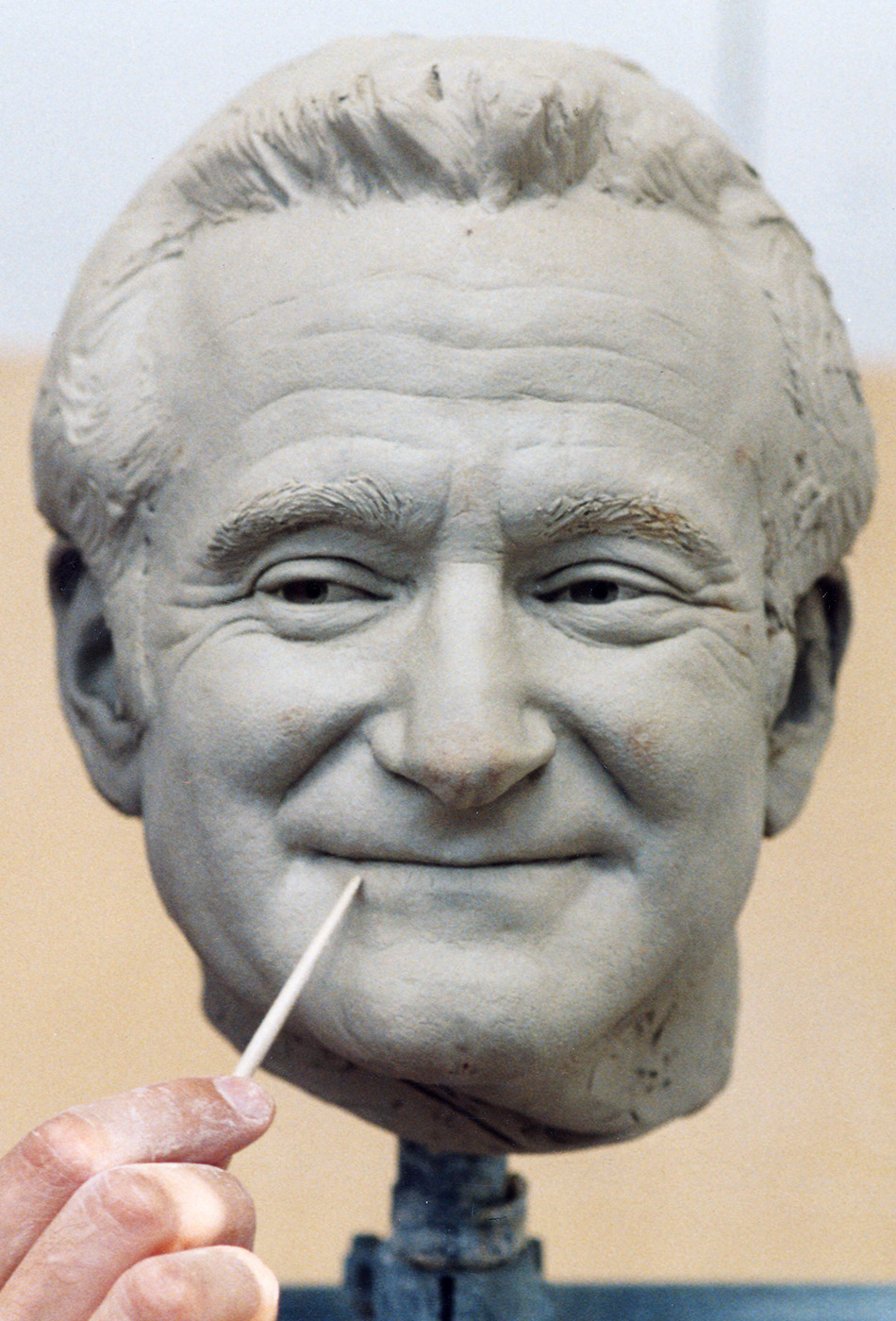Sculptures in Public Spaces: Enhancing the Urban Landscape
Sculptures in public spaces have come to be an integral part of city landscapes, substantially improving the aesthetic allure and cultural identification of cities worldwide. Figurative Sculptures. These imaginative installments carry a historical importance, frequently reflecting the heritage and values of a neighborhood. Past their visual value, sculptures also play a critical role in fostering community interaction and interaction. They provide a focal point for public celebrations, motivate conversations, and develop a sense of satisfaction and ownership among locals. Sculptures have the power to change or else dull and mundane areas right into vibrant and vibrant environments, injecting creative thinking and creativity right into the metropolitan material. As cities remain to evolve, the cultivation of public art appreciation becomes progressively necessary in creating comfortable and comprehensive metropolitan environments.
Historic Relevance of Sculptures in Urban Spaces
The historic importance of sculptures in urban spaces is indisputable, as they offer as tangible representations of the social, social, and imaginative heritage of a city. These sculptures not only boost the visual appeal of the city landscape yet also give a link to the past, enabling individuals to get in touch with their history and origins.
Throughout history, sculptures have been used to honor important occasions, honor considerable people, and express the values and perfects of a culture. From ancient worlds to modern-day times, sculptures have stood as enduring signs of power, elegance, and imaginative expression. They offer as a testimony to the creative thinking and workmanship of the musicians who produced them, as well as the cultural and historical context in which they were produced.
Along with their aesthetic value, sculptures in city areas play an essential role in enlightening and motivating the public. Portrait Sculptor. They serve as exterior museums, enabling individuals to involve with art and background in a much more easily accessible and interactive method. They trigger discussions, prompt thought, and urge reflection, adding to a better understanding and gratitude of the city's identification and heritage
Influence of Sculptures on Area Identification

Sculptures in public spaces substantially shape and reflect community identity. These creative developments have the power to capture the essence of an area, representing its values, history, and goals. By inhabiting noticeable positions in urban landscapes, sculptures end up being icons that reverberate with homeowners and visitors alike, functioning as a graph of a neighborhood's identification.
When a sculpture is set up in a public space, it ends up being a centerpiece that draws individuals with each other. It creates a feeling of location and satisfaction, fostering a collective identification amongst community participants. The presence of sculptures can likewise influence the way individuals engage and perceive with their environments, contributing to a positive sense of belonging and accessory to the community.
In addition, sculptures can play a function in promoting cultural variety and inclusivity. They can commemorate the different cultural histories and histories of an area, highlighting the contributions of numerous groups and promoting a feeling of unity and understanding. Portrait Sculptor. Sculptures can act as powerful storytelling tools, communicating stories that reverberate with people from different profession
Encouraging Communication and Interaction Through Sculptures

One method sculptures promote interaction is through their capacity to work as meeting points or collecting areas. People normally are attracted towards these aesthetically striking spots, utilizing them as sites for affair or areas for spontaneous discussions. Sculptures likewise give a common ground for discussion and discussion, as they commonly trigger interest and invite analysis. Passersby can engage in conversations concerning the meaning behind the art work, cultivating a sense of neighborhood and shared experience.
Moreover, sculptures can be interactive in nature, encouraging physical interaction and playfulness. Setups that allow individuals to touch, climb up, or connect with them in some way give an one-of-a-kind opportunity for individuals to actively take part in the artwork and create their own experiences. This hands-on involvement not just enhances the link in between individuals and the artwork but also fosters a feeling of ownership and satisfaction in the neighborhood.
Changing Dull Spaces With Artistic Sculptures
By including imaginative sculptures to otherwise dull areas, metropolitan rooms are transformed into captivating and vivid environments. These sculptures bring life and character to dull areas, producing a feeling of intrigue and question for both citizens and site visitors alike. The visibility of art in public spaces has the power to uplift and inspire, cultivating a much deeper link between people and their environments.

Furthermore, the positioning of sculptures in public areas can additionally act as a driver for renewing whole neighborhoods. As people are attracted to these art installments, foot traffic boosts, services prosper, and neighborhoods grow. The existence of sculptures develops a sense of pride and possession amongst residents, fostering a higher sense of neighborhood and belonging.

Cultivating Admiration for Public Art in Urban Atmospheres
One method to foster a much deeper gratitude for public art in metropolitan environments is by engaging the area in interactive experiences. By creating chances for people to actively take part in the imaginative procedure, they can create a higher understanding and connection to the art that surrounds them.
One reliable technique of cultivating recognition for public art is via community art projects. Portrait Sculptor. These projects include local citizens in the production of public art installments, permitting them to add their ideas and talents to the art work. This not only infuses a sense of ownership and pride in the community, yet additionally urges people to check out public art as a representation of their own society and identity
One more technique is to organize guided art tours or workshops that supply understanding into the significance and context of the general public art items. These experiences can be led by artists, curators, or art chroniclers who can share their understanding and expertise with the individuals. By understanding the history and significance of the art work, individuals are extra most likely to develop a deeper admiration for them.
Additionally, integrating modern technology into the experience can boost the admiration for public art. As an example, creating increased fact applications or interactive installations that allow people to engage with the art in cutting-edge methods can promote interest and excitement.
Final Thought
In final thought, sculptures in public rooms play a significant function in boosting the urban landscape. They have a rich historic significance, add to the neighborhood's feeling of identity, promote interaction and involvement, and transform plain rooms into artistic showcases. They grow admiration for public art in city environments, producing an extra culturally enriched and lively atmosphere. These sculptures are crucial elements in shaping the visual appeals and character of a city - Portrait Sculptor.
Sculptures in public rooms have become an integral part of metropolitan landscapes, substantially boosting the visual allure and social identification of cities around the world.In addition to their visual value, sculptures in urban rooms play a vital function in informing and motivating the public.Sculptures in public areas significantly shape and reflect neighborhood identification. By integrating sculptures right into public rooms, cities can cultivate a society of imagination and technology, motivating future generations to explore and value the arts.
In final thought, sculptures in public spaces play a considerable duty in enhancing the city landscape.